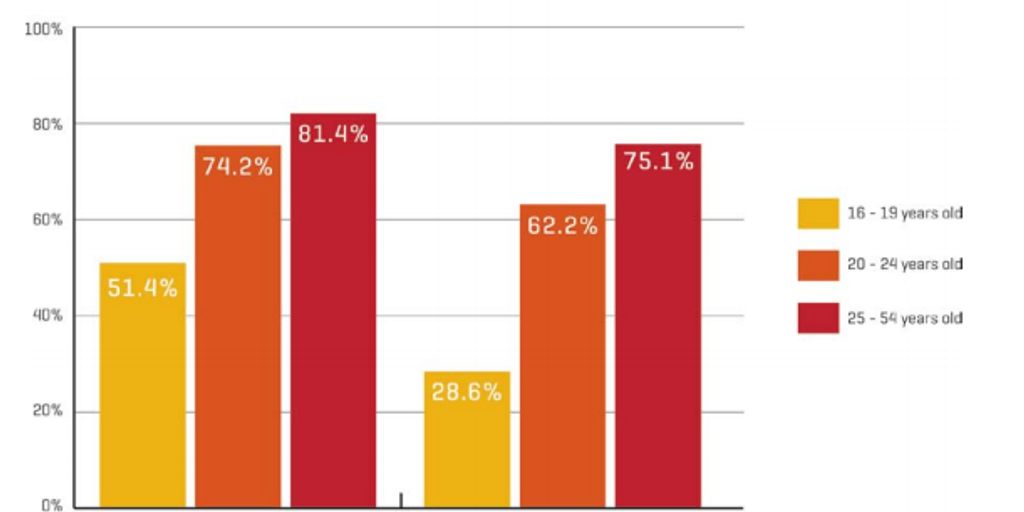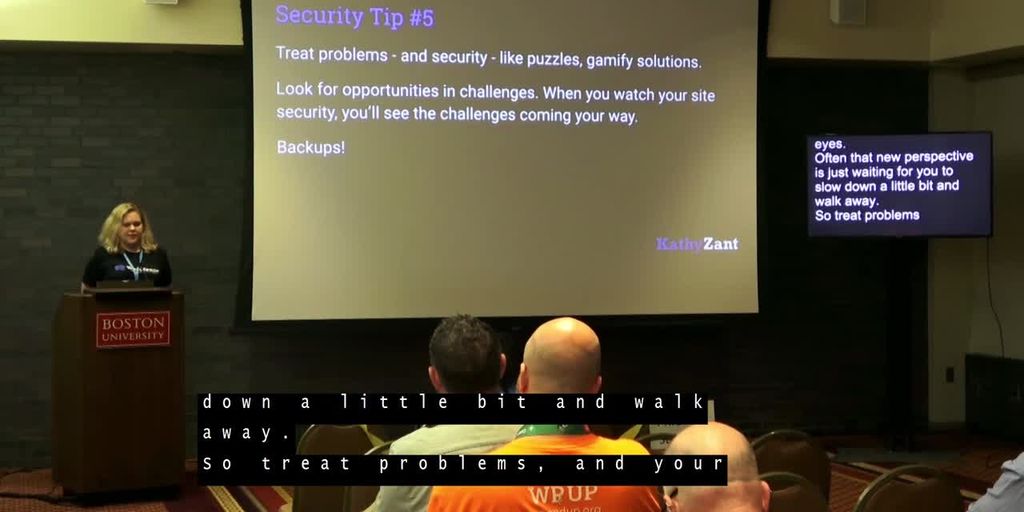
Supporting your child’s learning means finding ways to enhance their academic journey and their understanding of the world around them in a fun and beneficial way. Luckily, there are multiple ways to support your children in their educational journey with ease and still have fun at the same time. Read on to find out more.
Key Takeaways
- Incorporate educational themes into creative arts and crafts to make learning enjoyable and effective.
- Engage in hands-on science experiments to foster curiosity and a deeper understanding of scientific concepts.
- Use reading and storytelling to build vocabulary, enhance comprehension skills, and stimulate imagination.
- Introduce mathematical games and puzzles to improve problem-solving skills and encourage logical thinking.
- Balance technology-based learning tools with traditional methods to create a well-rounded educational experience.
Creative Arts and Crafts

Creative arts and crafts are a fantastic way to engage children in educational activities that are both fun and enriching. As they develop their skills and get their creative juices flowing, they will, in turn, support other areas of learning. This passion for discovering new things can be applied to many different areas of their life.
Incorporating Educational Themes
Incorporating educational themes into arts and crafts projects can make learning more engaging. For example, you can create a song about the water cycle or build a model of the solar system using materials you find around the house or classroom. These activities not only make learning fun but also help children understand complex concepts in a hands-on way.
Developing Fine Motor Skills
Drawing and painting allow children to experience their world in a sensory way and develop self-expression. These activities also help in developing pre-writing skills. Furthermore, it’s an invitation to learn about colors, mixing, and good-old tidying up!
Encouraging Self-Expression
Be it artwork, writing stories, acting, or woodwork, encourage children to discover their capabilities and see what happens. Providing characters in the form of mini-figures and dolls allows both girls and boys to develop their social play. It encourages imagination and the expression (and labeling) of feelings.
When they explore creative avenues such as painting, consider providing resources for guided art activities like paint-by-numbers to structure their experience while allowing personal expression.
Interactive Science Experiments

Hands-On Learning
Engaging children in hands-on science experiments can make learning both fun and memorable. Science doesn’t have to be complicated! Try these easy science experiments using items you already have around the house or classroom. For example, build a water filter using a bottle, cheesecloth, fine and coarse sand, and fine and coarse gravel. This activity not only teaches about filtration but also encourages critical thinking as children explore different combinations of layers to find the most effective solution.
Understanding Scientific Concepts
Science experiments don’t have to be expensive, hard, or time-consuming. With a few inexpensive materials, you can bring science alive for your students. Activities like creating a simple circuit or observing chemical reactions can help children grasp fundamental scientific concepts. These experiments provide a tangible way to understand abstract ideas, making science more accessible and enjoyable.
Fostering Curiosity
Interactive science experiments are a great way to foster curiosity in children. Pick experiments that may not have a correct answer but a variety of good answers based on changing variables. This approach encourages children to ask questions, make predictions, and test their hypotheses. By engaging in these activities, children learn that science is not just about finding the right answer but about exploring possibilities and understanding the process of discovery.
Get them involved with a project that relates to what they enjoy. For example, an interest in exoplanets might spark an interest in the “alien life” question, which they could then reflect about in a news report, a comic, play, or piece of art.
Reading and Storytelling
Building Vocabulary
Reading to your child and with them is an excellent way for them to learn many different things, from reading and comprehension skills to improved literacy, as well as encouraging curiosity, sparking conversations, and enhancing parent and child relationships. Encourage your child to join in the story with you and read it back to you even if they can’t yet read. They can read from memory or make up a new story as they go. Ask them their thoughts on the story if they are old enough or even have them practice writing a novel themselves to read one day so you have something new to read and they can practice their language and literacy skills.
Enhancing Comprehension Skills
Don’t just read to your kids, use that time as an opportunity to ask questions and discuss the stories. This is a great way to teach your children about choices and consequences. It’s also an excellent way to introduce your child to appropriate heroes. University professor Dr. Dara Wakefield says, "Children and adults seem content to adore flawed heroes. Spend time reading biographies, stop at historic markers, tell stories of courage, loyalty and character."
Stimulating Imagination
- Create a Reading Ritual: Establish a daily or bedtime reading routine to make reading a cherished family activity.
- Discuss Stories: Encourage discussions about the characters, plot, and moral lessons in the books you read together.
One study in the Journal of Developmental and Behavioural Pediatrics found that the exposure of one picture book to children per day can provide children with up to 78,000 new words per year.
Mathematical Games and Puzzles

Mathematical games and puzzles are excellent tools for enhancing problem-solving skills in children. Jigsaw puzzles help children develop spatial abilities and problem-solving strategies, which aid in cognitive development. These activities encourage kids to think critically and find solutions to complex problems.
Incorporating fun elements into math can make learning more enjoyable for children. Games like Sudoku and math crossword puzzles are not only entertaining but also educational. These activities can be found in various formats, including apps like Speedymind Academy, which offers a fun and exciting way to practice the basics of math.
Logical thinking is a crucial skill that can be developed through mathematical games and puzzles. Activities such as mazes and rebus puzzles require children to use their reasoning abilities to find solutions. These games activate different parts of the brain, including the prefrontal cortex and hippocampus, enhancing cognitive flexibility and decision-making skills.
Engaging in mathematical games and puzzles can significantly boost a child’s cognitive abilities, making learning both fun and effective.
Outdoor Educational Activities

Exploring Nature
Exploring nature is a fantastic way to engage children in learning. Activities like nature walks, bird watching, and identifying plants can be both fun and educational. Children’s learning is fuelled with rocket-fuel when you take the play space out in to the great outdoors. This not only teaches them about the environment but also fosters a sense of respect for nature.
Learning Through Play
Outdoor play is essential for a child’s development. It encourages creativity, problem-solving, and social skills. Activities such as scavenger hunts, outdoor literacy games like sight word soccer, and sensory play with sand and water can make learning enjoyable and spontaneous.
Getting out and about in your local neighborhood is a great learning opportunity while also giving you the chance to have fun at the same time too.
Physical and Mental Benefits
Outdoor activities offer numerous physical and mental benefits. They help improve physical fitness, coordination, and mental well-being. Engaging in sports, gardening, and other outdoor activities can reduce stress and increase happiness. Plan adventures to local parks, libraries, and museums to make learning a part of everyday life.
Music and Movement

Boosting Memory and Concentration
Music and movement activities are inherently enjoyable for children, fostering a love for learning and a positive attitude toward education. Singing and music help develop language and form the basis of literacy skills, as well as basic mathematical concepts such as counting. Additionally, sing-along songs act as pedagogical tools, enhancing the curriculum.
On top of this, music is fun and social, meaning your child gets the benefits from the feel-good hormones released, they have something they enjoy, an ability to connect with others with the same passion for music, and also getting moving.
Learning Through Songs
Integrating song and movement can help develop cognitive skills. For example, sing songs that involve counting backward such as “Monkeys Jumping on the Bed” and “100 Bottles of Pop on the Wall.” These activities not only make learning fun but also improve memory and concentration.
Enhancing Coordination
Dancing helps the child develop strength and flexibility, not to mention coordination. Activities like musical statues, balloon bop, and rhythm and drumming are excellent for improving physical skills. Dancing also refines listening skills and helps children understand rhythm.
Technology-Based Learning Tools

Educational Apps and Games
Educational apps and games are a fantastic way to engage children in learning. Gamification harnesses the power of play to transform the learning environment, enhancing engagement, concentration, and motivation. These tools can teach your child various skills while appealing to their sense of fun and play. For instance, apps like Khan Academy or DoodleMaths offer personalized learning experiences that adapt to your child’s progress.
Interactive Learning Platforms
Interactive learning platforms provide a dynamic and engaging way for children to learn. These platforms often incorporate technology activities to teach digital literacy skills. They can include features like progress reports using audio or visual files, which can be shared with families to keep them updated on their child’s development. Platforms like Magrid ensure a healthy balance by effectively using technology to facilitate fun learning while cutting down on screen time to prevent sensory and cognitive overload.
Balancing Screen Time
While technology offers numerous educational benefits, it’s crucial to balance screen time to avoid sensory and cognitive overload. Here are some tips to help manage screen time effectively:
- Set specific time limits for educational and recreational screen use.
- Encourage regular breaks to prevent eye strain and mental fatigue.
- Incorporate non-screen-based activities, such as reading or outdoor play, to provide a well-rounded learning experience.
Balancing screen time ensures that children can enjoy the benefits of technology without experiencing negative effects on their sensory and cognitive development.
Conclusion
Supporting your child’s learning potential doesn’t have to be a daunting task. By incorporating fun and engaging educational activities into their daily routine, you can foster a love for learning that will last a lifetime. From understanding their unique learning styles to providing positive reinforcement and creating a stimulating environment, there are numerous ways to enhance their academic journey. Remember, the goal is to make learning an enjoyable adventure, not just another lesson. By doing so, you can help your child develop critical thinking skills, creativity, and a sense of wonder about the world around them. So, take these tips and start boosting your child’s learning potential today!
Frequently Asked Questions
How can I support my child’s learning?
Finding ways to enhance their academic journey in a fun and beneficial way is key. Engage in activities that don’t feel like traditional lessons but still promote learning.
What are some tips for children with high learning potential?
Adapt activities based on their interests and developmental stages, and seek feedback to ensure they are engaged. Use resources that challenge them and foster deeper learning.
How can I make learning fun for my child?
Incorporate hands-on, engaging experiences. Use gamification techniques, ask open-ended questions, and encourage creativity and problem-solving.
Why is it important to know my child’s learning style?
Understanding their preferences helps tailor learning experiences that are more effective and enjoyable for them. It can also help in communicating better with their teachers.
What role does positive reinforcement play in learning?
Positive reinforcement boosts self-esteem and motivation. It helps create a supportive environment that encourages children to engage and enjoy learning.
How can I create a nurturing learning environment at home?
Balance structured and unstructured learning experiences. Encourage exploration, creative thinking, and curiosity to help children develop their skills while having fun.






